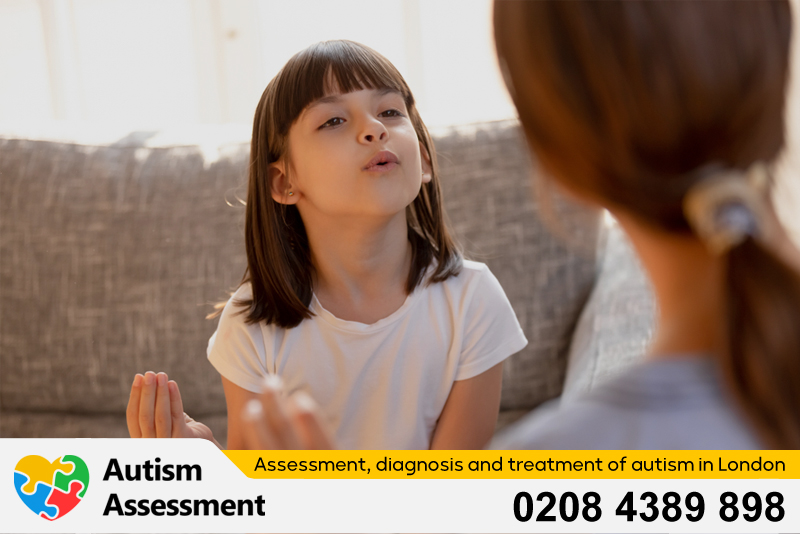are autism and Asperger’s different?
Autism and Asperger’s: Understanding the Spectrum
Autism Spectrum Disorder (ASD) is a complex developmental condition that involves persistent challenges in social interaction, speech and nonverbal communication, and restricted/repetitive behaviors. The effects of ASD and the severity of symptoms are different in each person. That’s why it’s called a “spectrum” disorder.
Asperger’s syndrome was once considered a separate condition from autism, distinguished by its lack of delay in language development and cognitive abilities. However, this distinction changed with the publication of the DSM-5 in 2013. Now, Asperger’s syndrome is no longer diagnosed separately; instead, it is encompassed within the broader category of ASD.
The change to the diagnostic criteria reflects a better understanding of the condition as a spectrum, where the level of support needed varies greatly among individuals. Some may require significant support in their daily lives, while others may need less intensive support.
It’s important to note that the term “Asperger’s” is still used by many to describe individuals on the higher functioning end of the autism spectrum. People with what was formerly known as Asperger’s syndrome may have milder symptoms, and they often possess average or above-average intelligence. They may have more pronounced social challenges and a deep interest in a specific topic or activity.
The main takeaway is that both terms refer to variations within the autism spectrum and emphasize the unique challenges and strengths of each individual. The shift to a spectrum approach allows for a more nuanced understanding of each person’s experience and needs.
For those living with ASD, or those supporting someone who is, it’s crucial to recognize that every individual’s experience is personal and varied. The spectrum nature of ASD means that each person has their own set of abilities and challenges. The goal is to provide the appropriate level of support to lead a fulfilling and productive life.
Understanding the spectrum and the changes in diagnostic criteria is vital for providing the right support and services to those affected by ASD. It also helps in promoting awareness and acceptance in society at large.
For more detailed information on the characteristics of ASD and the historical context of Asperger’s syndrome, resources such as Healthline, Psych Central, and Everyday Health provide comprehensive overviews. These resources can be valuable for anyone looking to deepen their understanding of ASD and its various manifestations.



